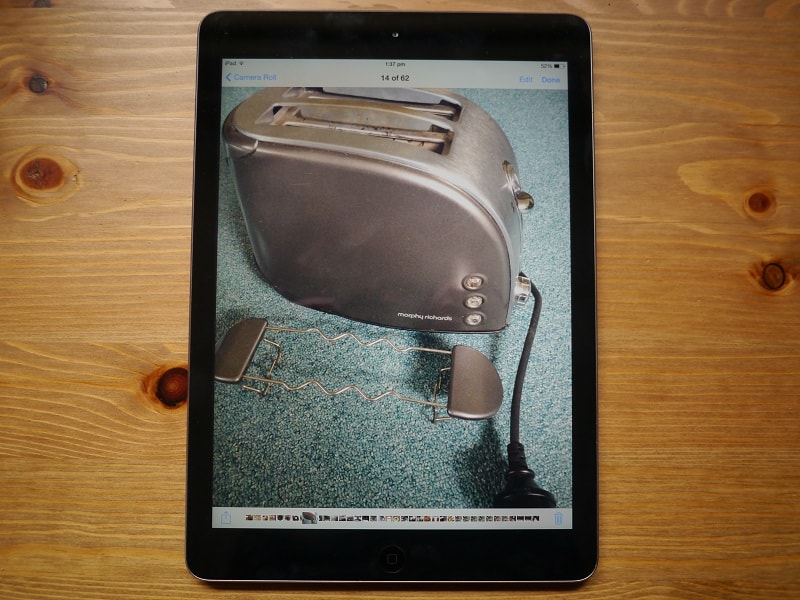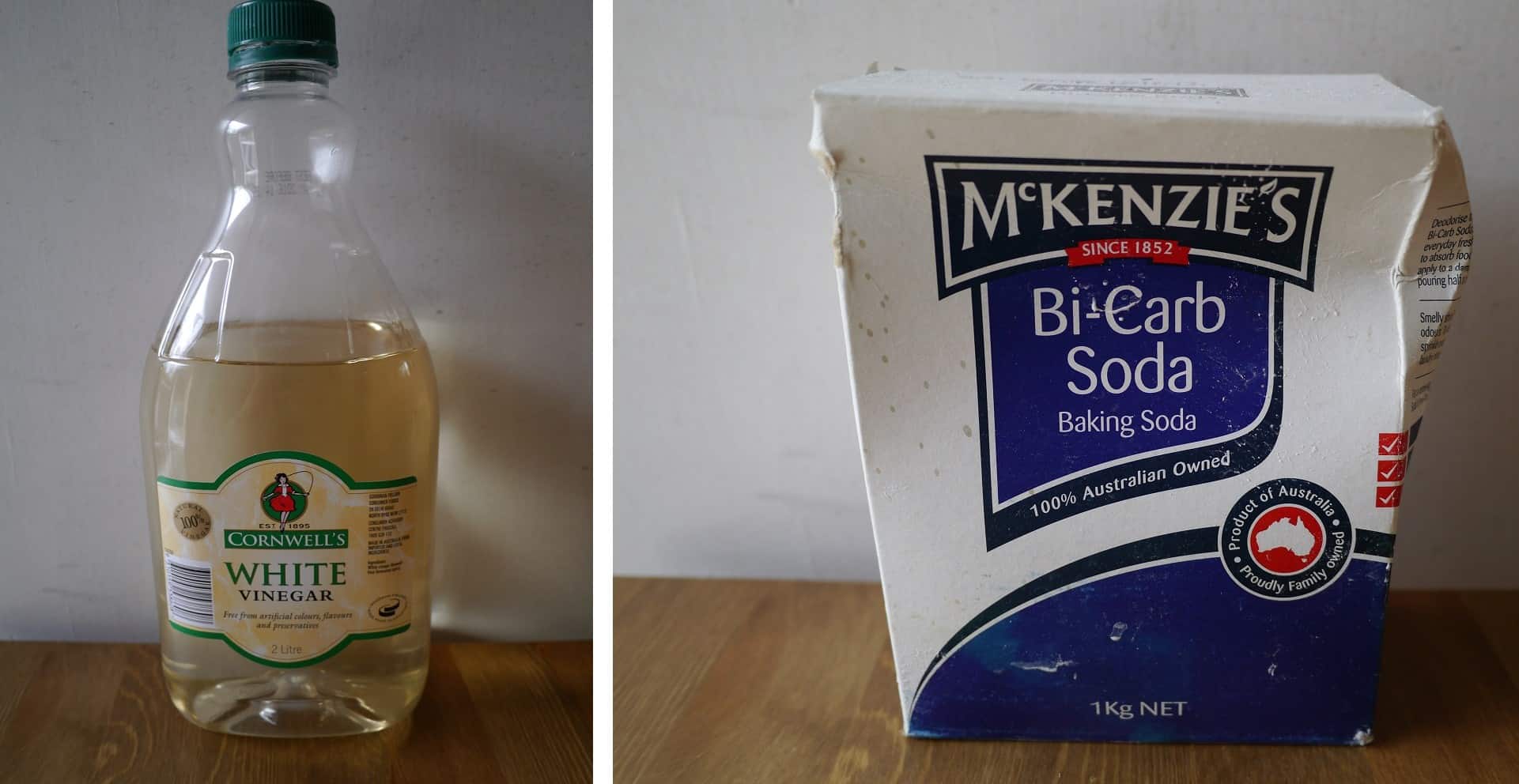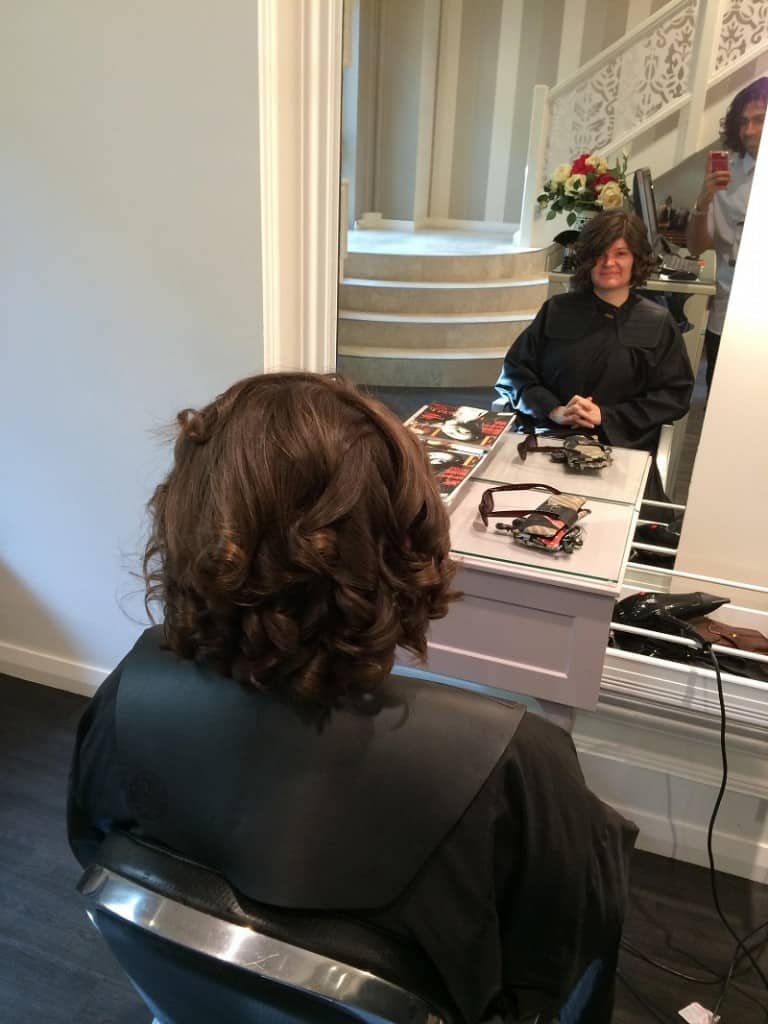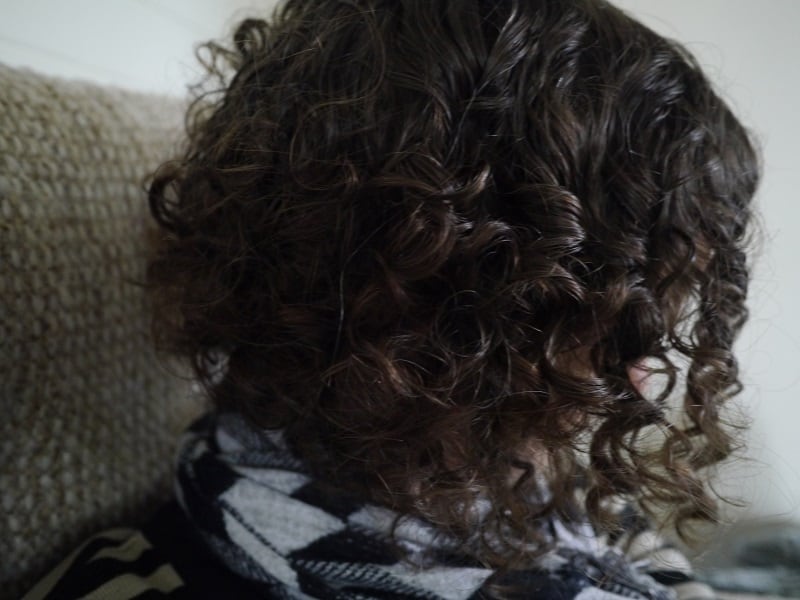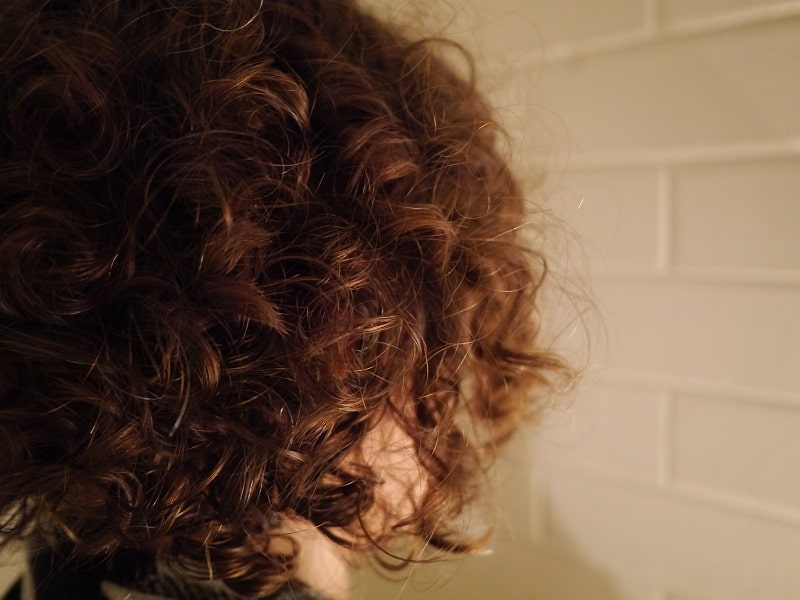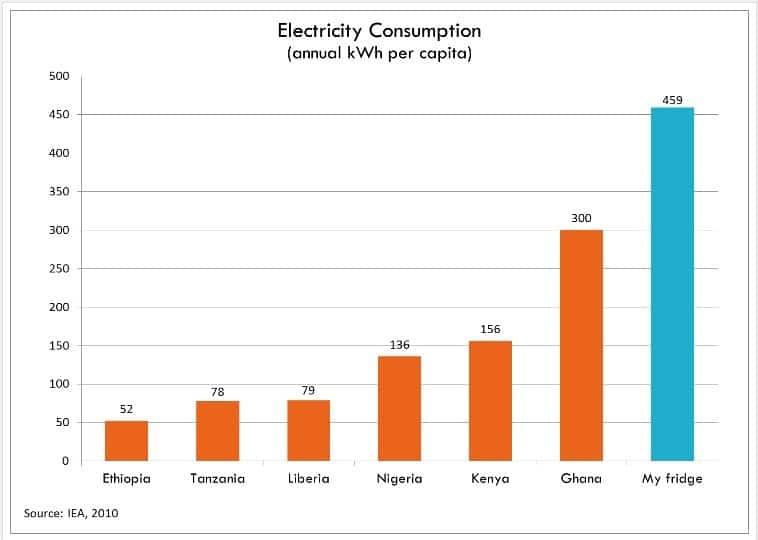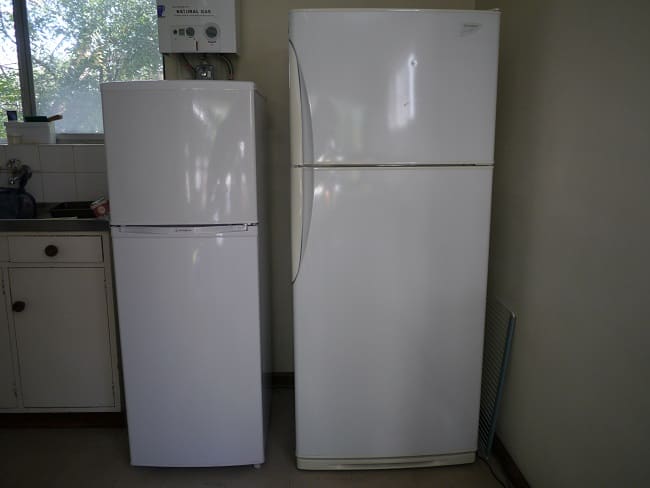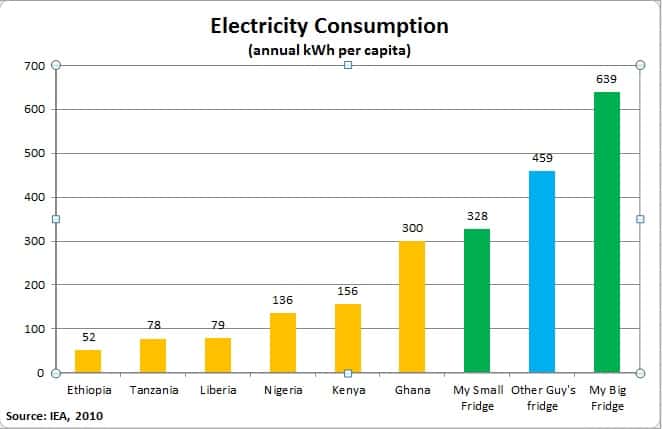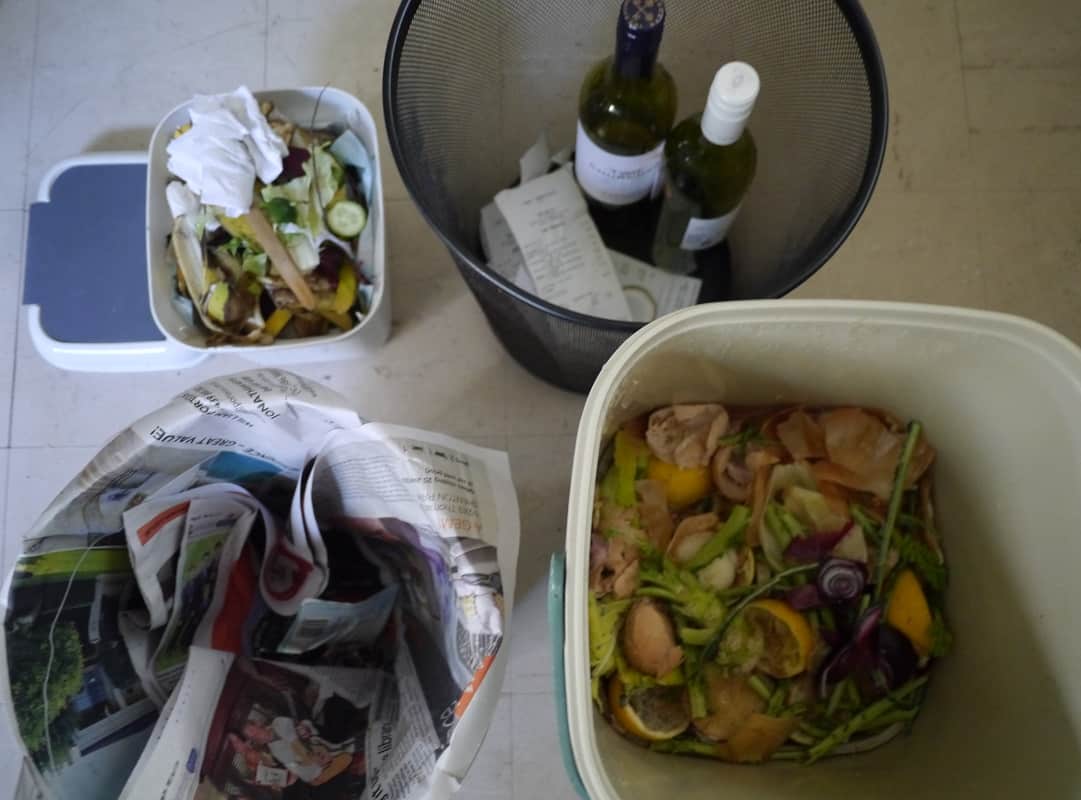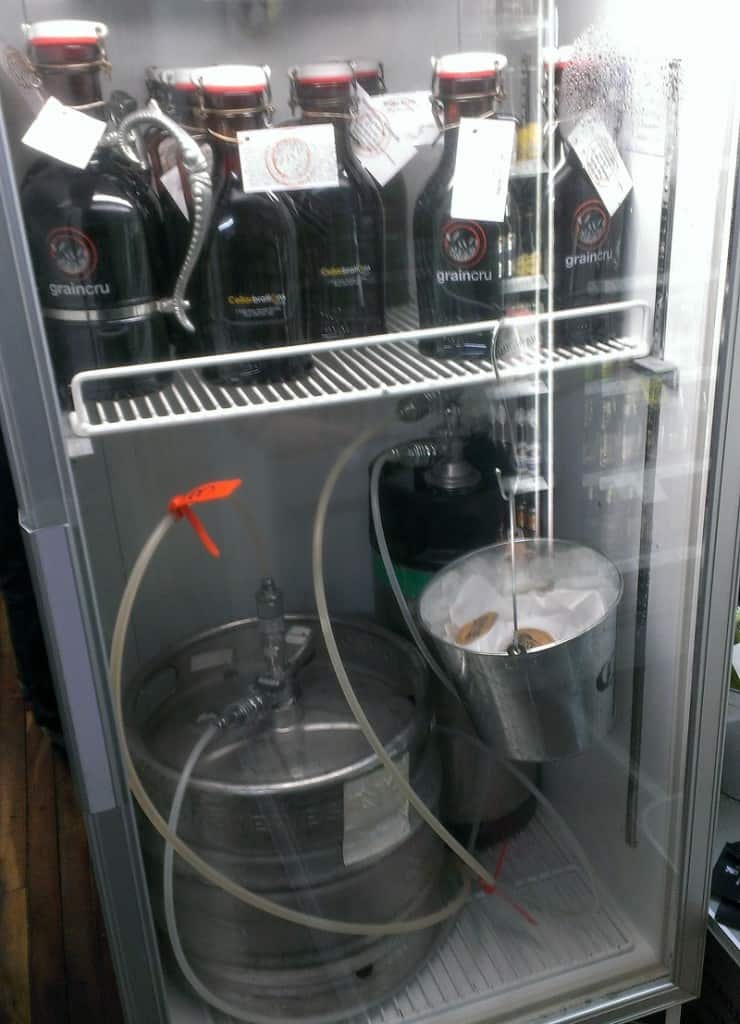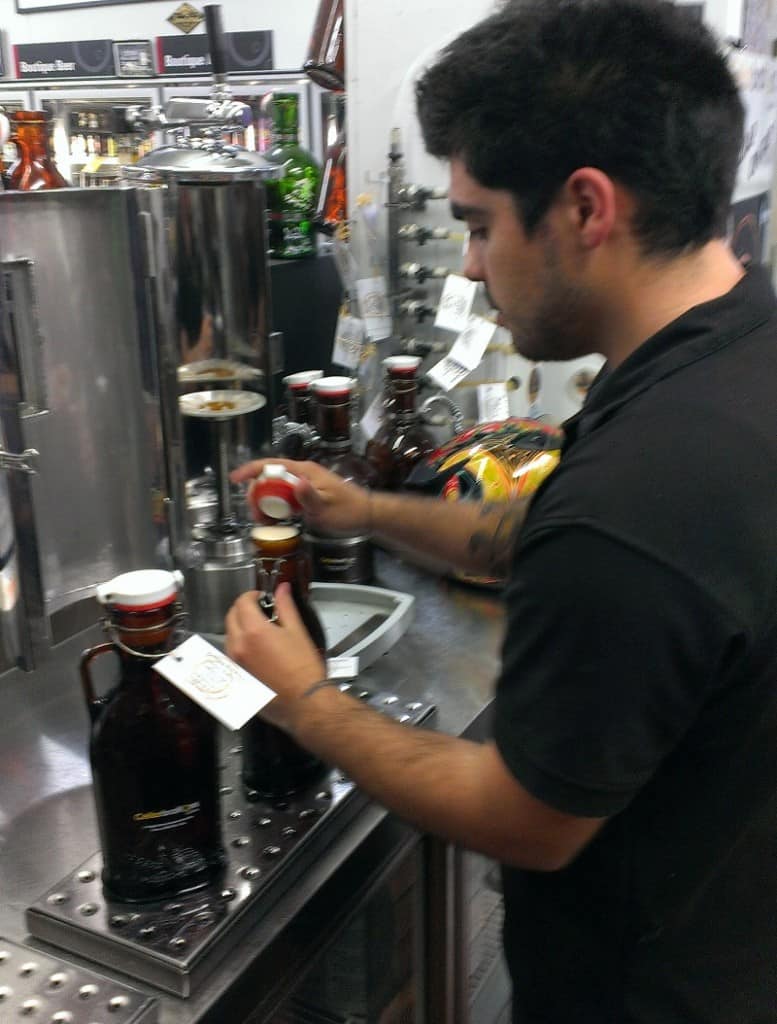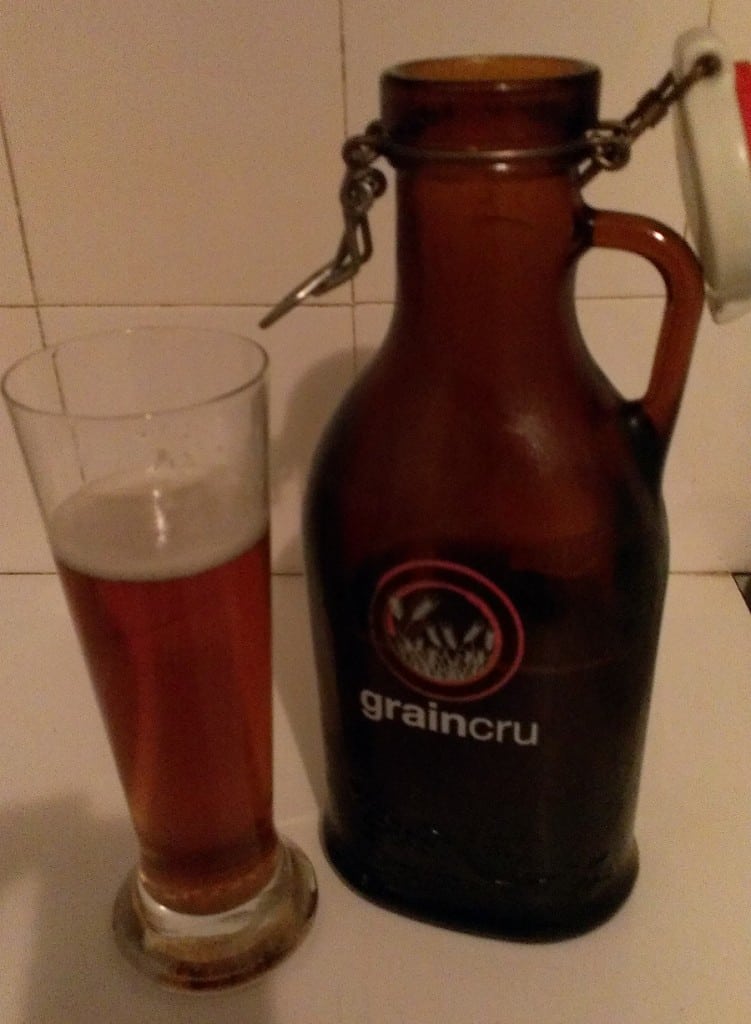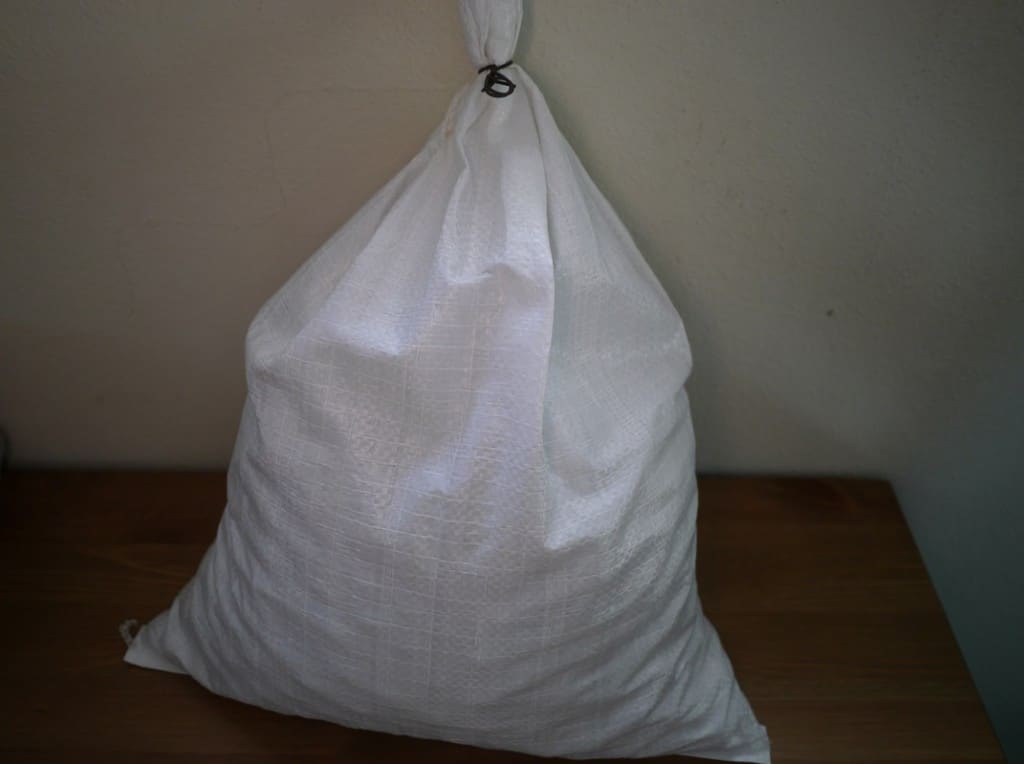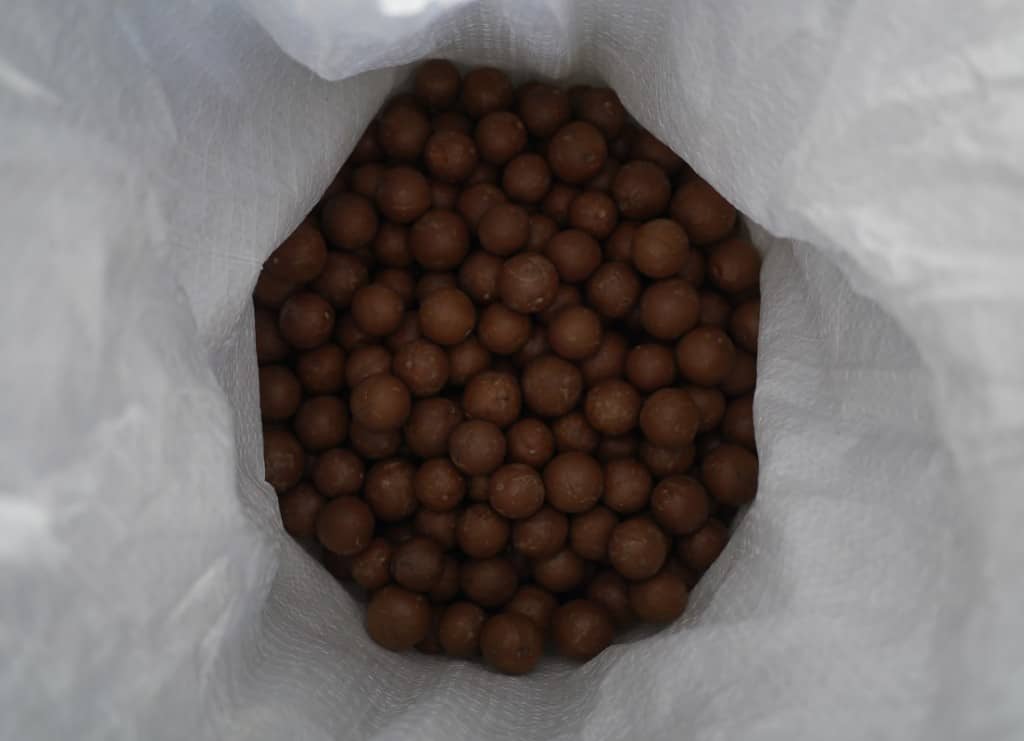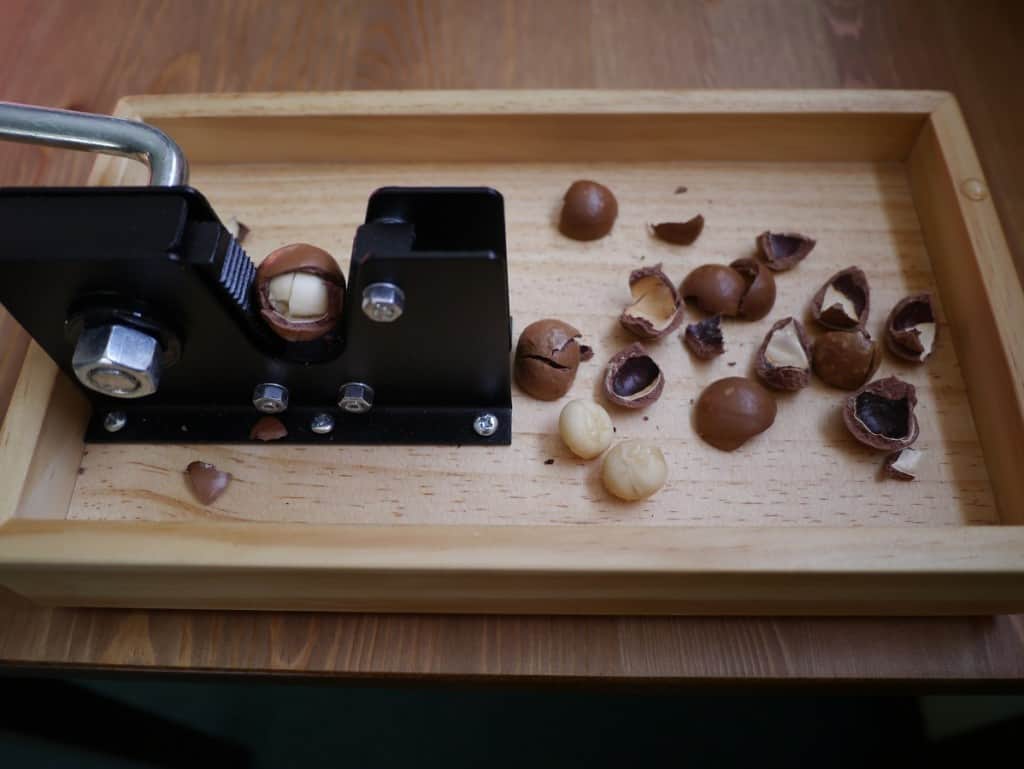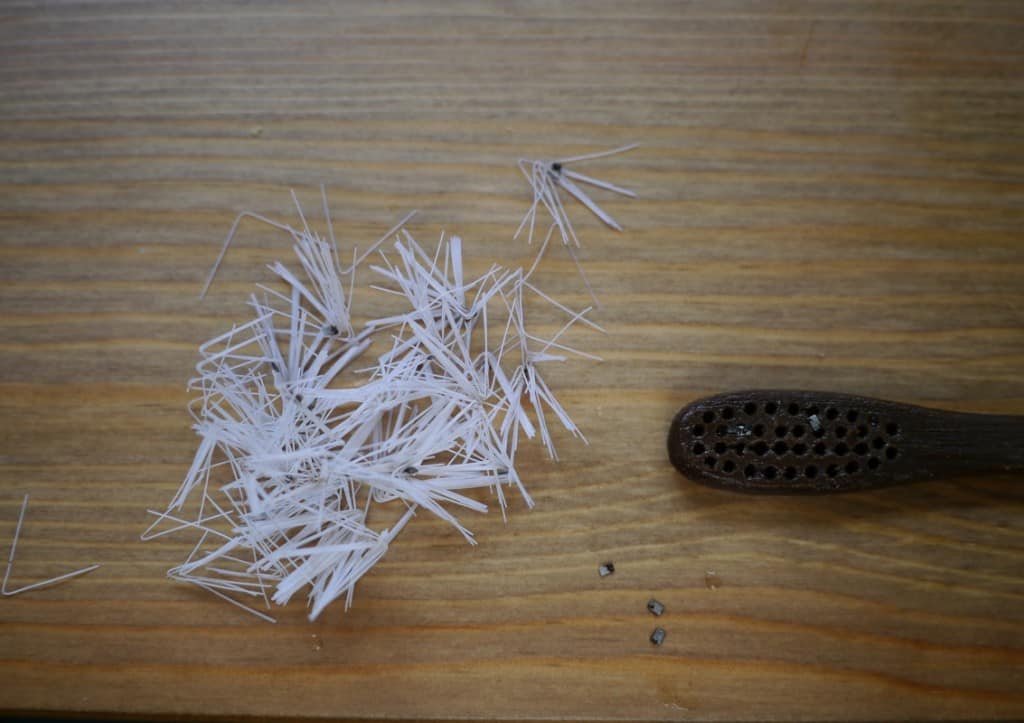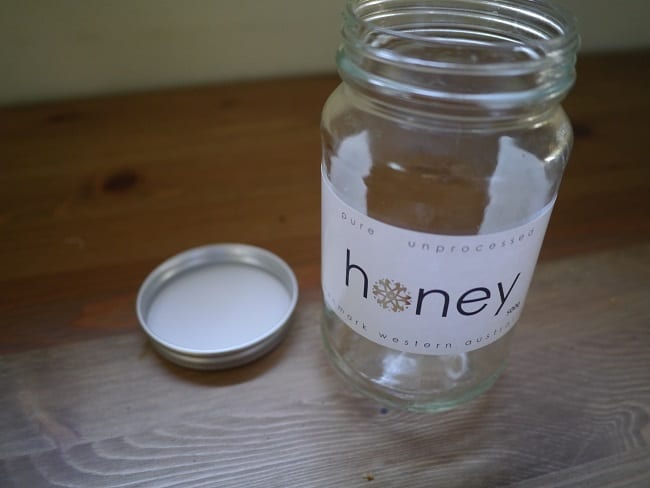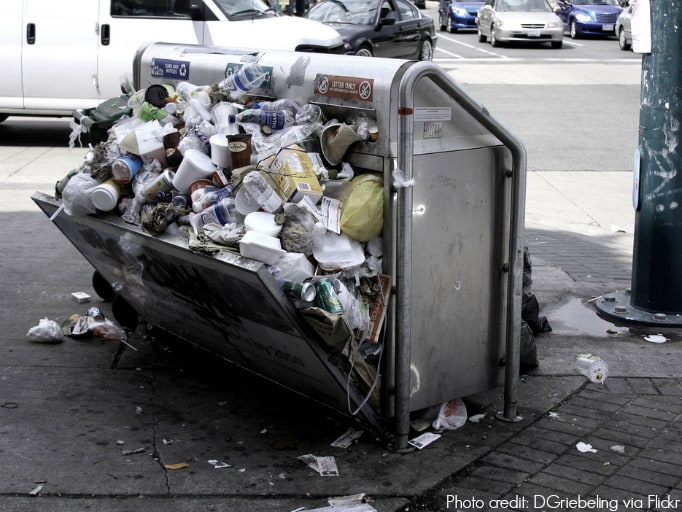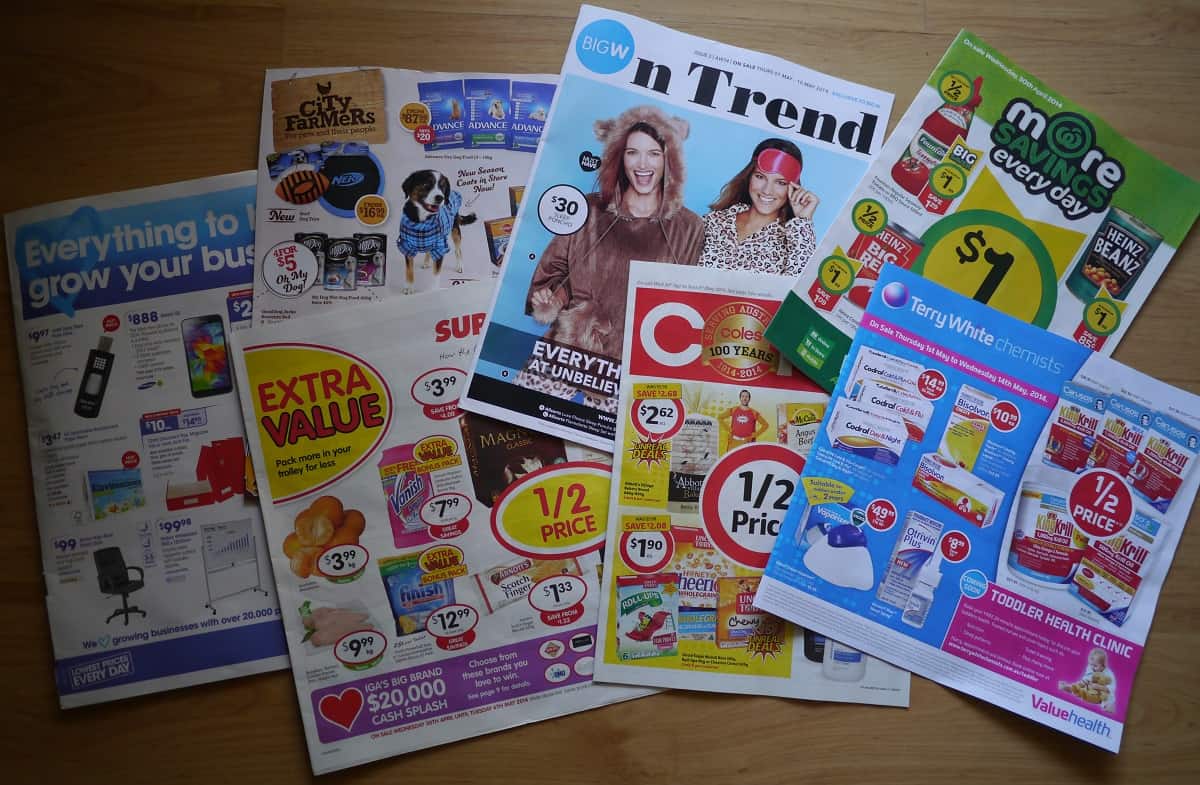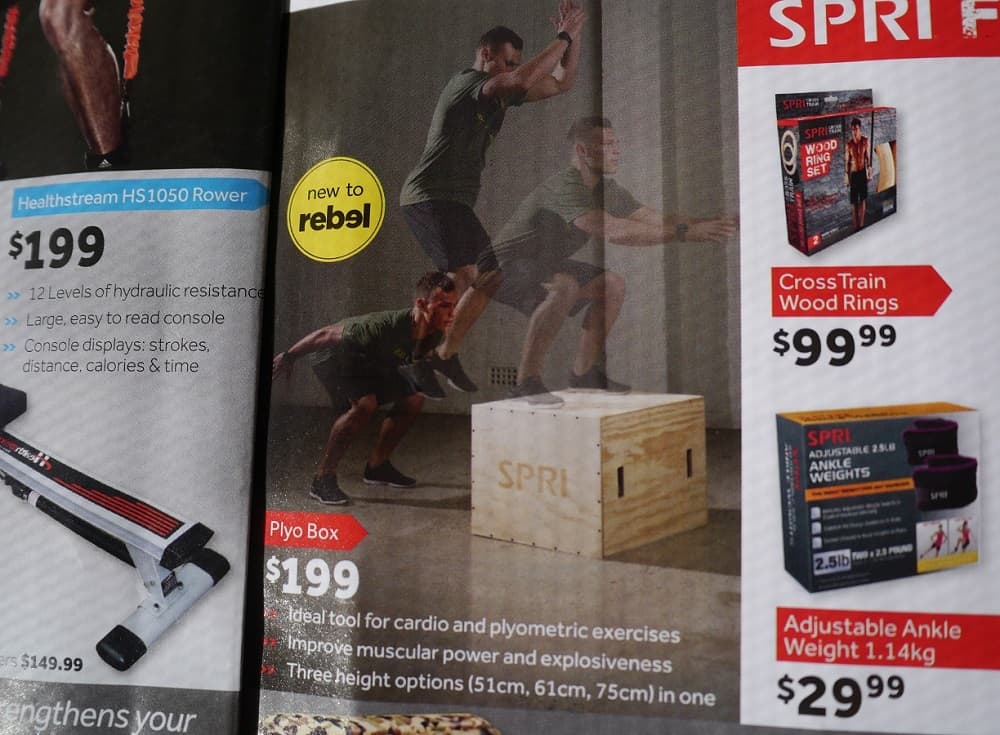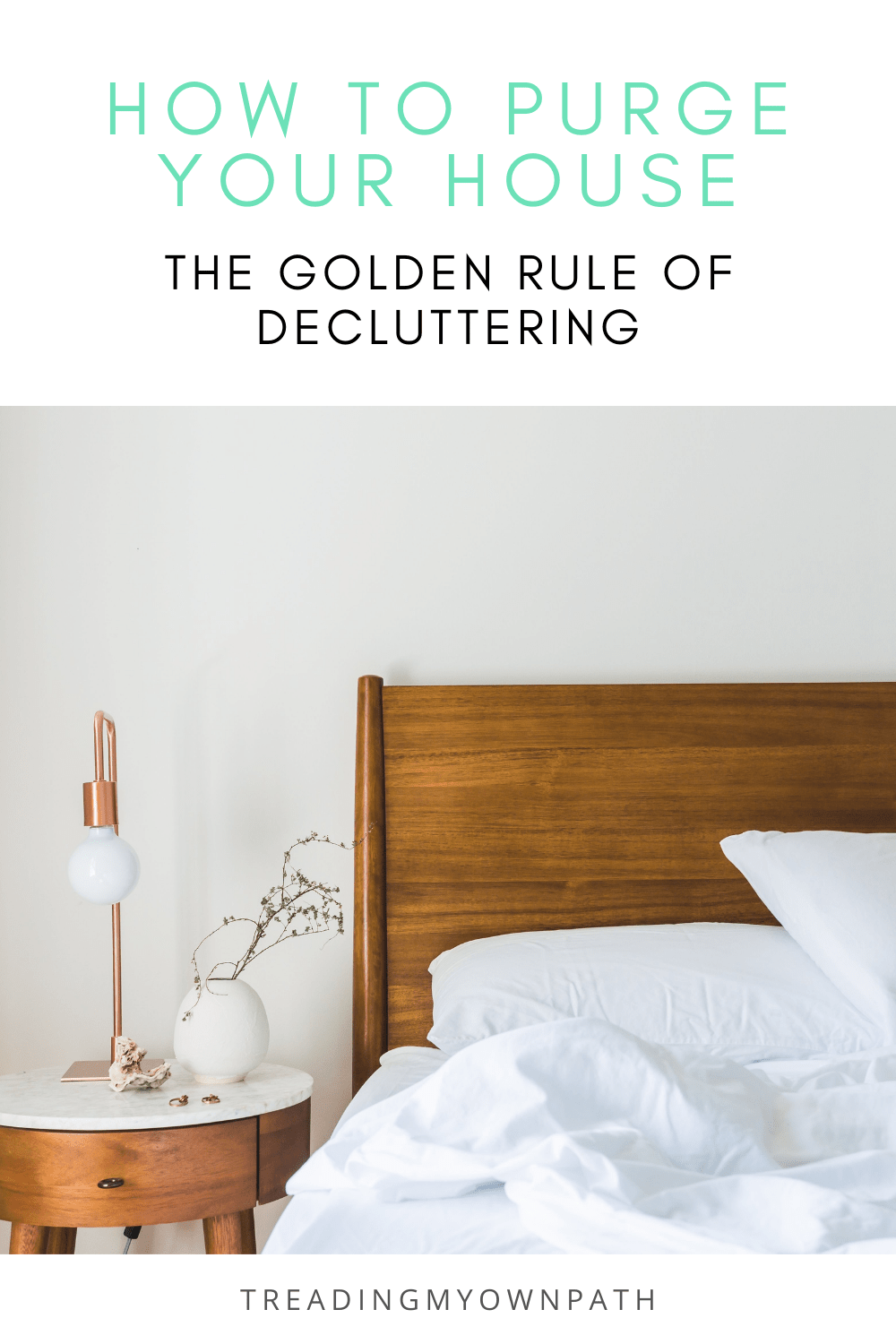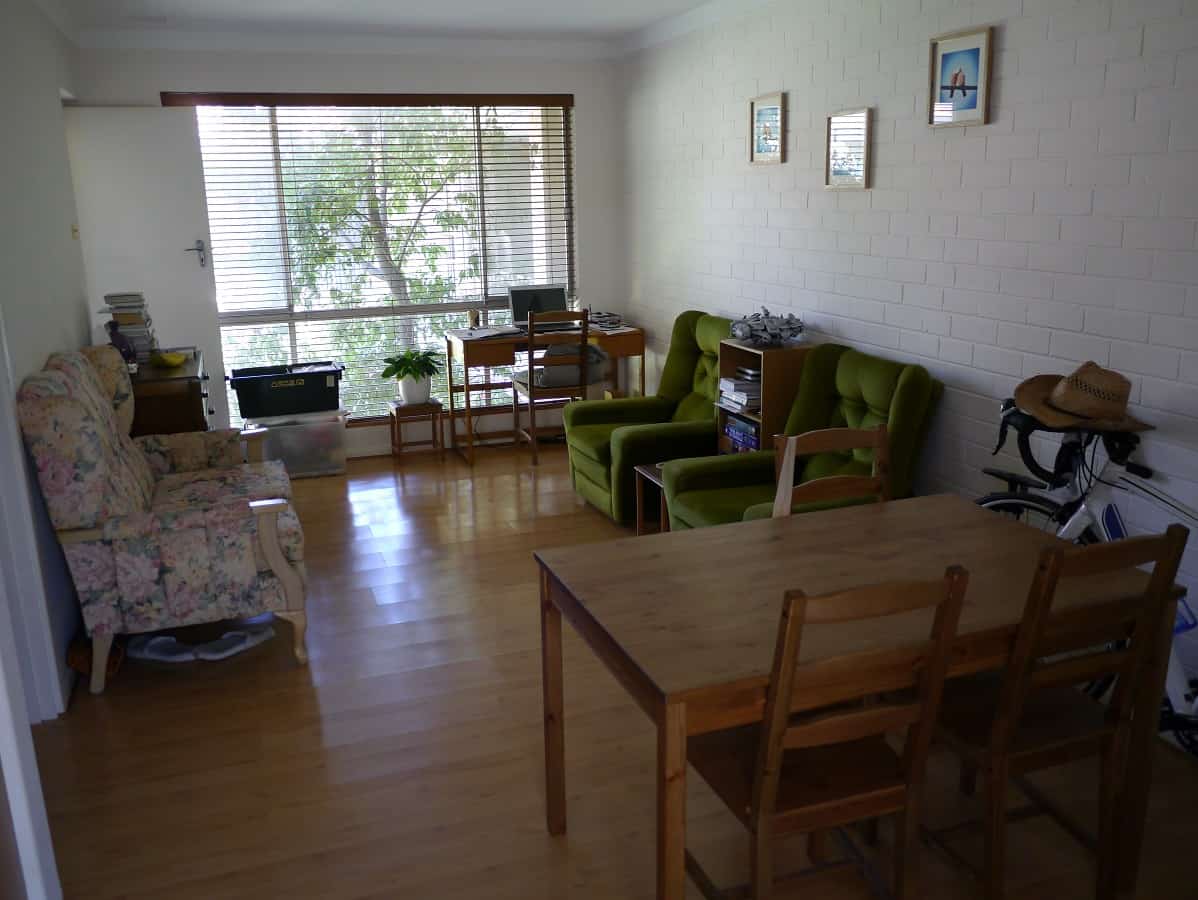Sold the Toaster, bought…an iPad?!
Inspired by Tiny, the movie I saw a couple of weeks ago, and reinvigorated to declutter, I’ve been listing things on Gumtree this week and I’ve had some success. People want to buy my old stuff!
I’ve talked before about why I think selling stuff can be better than donating it to the charity shop. There’s no guarantee the charity shop will want it, and with electrical goods, not all places will accept them as they need to be tested. If you can find a new owner yourself, that is the best outcome from a waste point of view. If you give something away for free, it’s harder for people to say no, even if they don’t actually want it – they see a bargain!
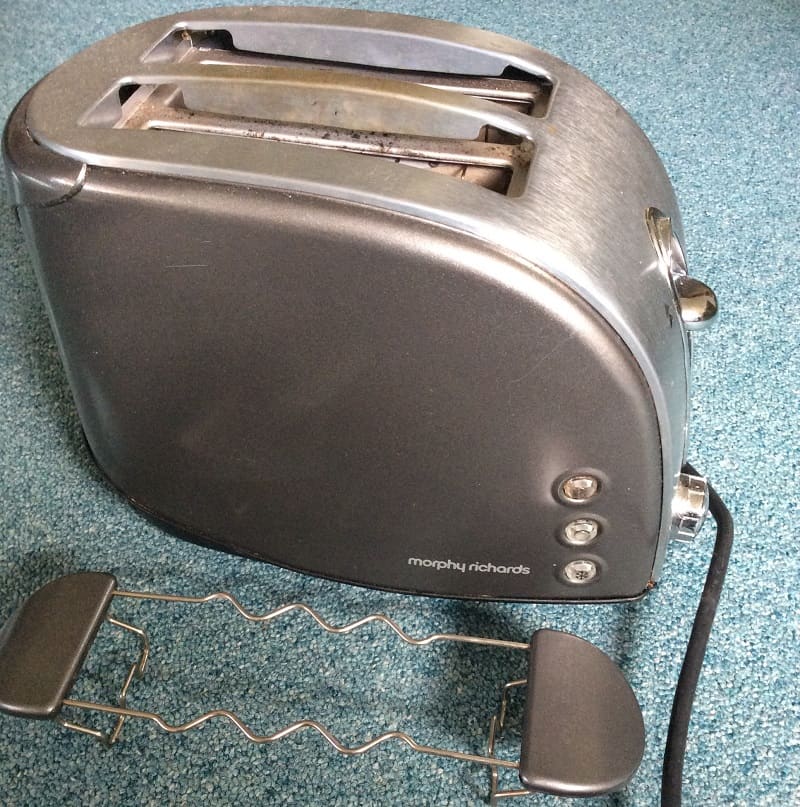
We put the toaster in a cupboard six months ago as a test to see if we really need it. After all, we have a grill, and we had a small kitchen with limited bench space. Now we’ve moved, we have even less bench space.
BREAKING NEWS! The grill will make toast just as acceptably as a toaster! Who’d have thought it?!
We don’t eat bread very often, and when we do, the grill is perfectly adequate for our needs. I’m the kind of person who stands over the toaster, impatiently popping it up to see if the toast is ready, so having to watch over the grill isn’t a problem. It’s not like bread takes a long time to toast!
Besides the toaster, we’ve had $2 here and $3 there, and amused but happy people removing clutter from our house this week. The toaster lady was looking for a toaster for her workplace, and thought to check Gumtree before buying a rubbishy cheap one from the store. We sold our dustbuster vacuum (something my boyfriend has owned for years) which was fine for floorboards, but completely impractical for our carpeted flat. The guy who bought it had just purchased a cheap vacuum for $40. The first time he used it, it died (taking planned obsolescence to the extreme?!). So he checked on Gumtree, saw we lived round the corner and gave us $5 for ours. He was blown away by the fact he could buy a vacuum for $5! An Electrolux, no less! We were happy to be rid of it, but I also hope that these transactions inspire people to look on Gumtree or eBay for what is available second-hand before buying something new.
Which brings me to my next confession…
We’ve bought an iPad.

I would love to say we don’t need one, but after much debate (probably a year’s worth!) we gave in and decided to get a tablet. We only have one laptop and no TV, and my boyfriend likes to watch DVDs on the laptop. I like to use it for all my blogging, research and other projects. Rivalry!
My phone is so completely useless it barely does anything other than make calls, and I thought a tablet might be a practical alternative. Laptops really aren’t that portable, are they?
I looked at all the second hand sites, but as I was buying something that expensive (second-hand ones sell for almost as much as new ones) I wanted the guarantee it wasn’t stolen or faulty.
I actually found a compromise via the Apple Store. They sell refurbished products (my sister bought a refurbished computer from them a while back and it’s been perfect). A refurbished product is basically a pre-owned product that has been returned to the store and repaired for reselling. Buying from Apple means it still comes with a guarantee. I’d seen other stores that offer this too, but customer comments told me that replacement screens were often cheap knockoffs, and not very good, and the guarantees are much less.
I think my boyfriend was expecting a beaten-up old thing to arrive in a bashed-up cardboard box. But no, it arrived looking just like new. It even had the unhelpful plastic cover wrapped around it!
Sad face : (
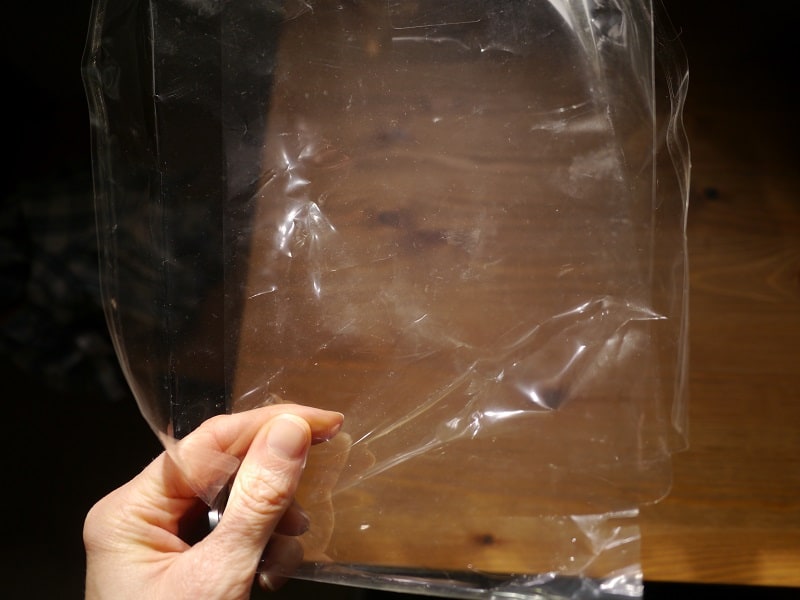
Despite the plastic cover and my guilt over questionable ethics (you can read an article I wrote about ethical electronics here), I have to say, I’m actually blown away by how clever, fast and useful the tablet is proving to be! It’s much easier to read from than a laptop, it’s better for looking things up, and it means I can finally get round to learning how Twitter works! (If you’re on Twitter, follow me at @TreadMyOwnPath, and feel free to give me tips on how it all works – I’m a newbie!)
So out with the old, and in with the new. Overall we still have less than we started with, and the iPad is something we actually use, so I feel like we’re still heading in the right direction. Plus, I sold the toaster using the iPad! That’s some consolation, surely?!
What do you think? Am I just kidding myself ?! How do you feel about splashing out on new technology? More importantly, could you get rid of your toaster?!
PS Whilst the decluttering is going well, I still haven’t tackled the wardrobe. I’m putting off, I mean, putting it back to next week. : /
[leadpages_leadbox leadbox_id=1429a0746639c5] [/leadpages_leadbox]

